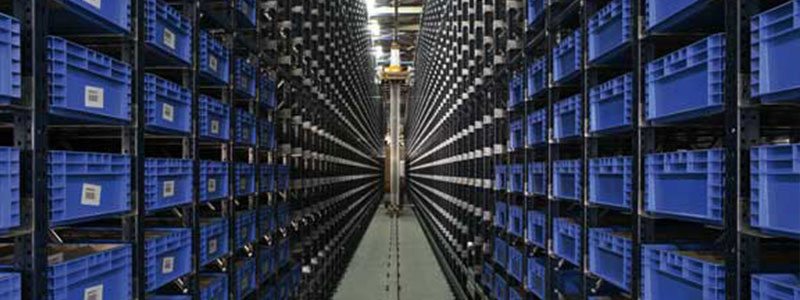
You could say the main technology trend in warehousing and logistics is a trend towards technology. The digital age has arrived, technology has been embraced, and its impact is being felt all along the supply chain, and right through the distribution network.
If you were to make a closer study of technology trends, you’ll notice a correlation between the market growth of supply chain planning (SPC) software and digital warehouse management systems (WMS), and the rise…and rise…of e-commerce.
Online shopping is a major driver in this, with items being sent direct from warehouses to tens of thousands of purchasers, rather than to hundreds of retail outlets. As inventory and distribution becomes more fragmented and complex as a result, SPC and WMS technology is needed more than ever, and this is reflected in the statistics. After the Global Financial Crisis of 2009, the market in WMS has moved upwards, with market growth of about 14% in 2011 alone, about double the forecast figure. The market in SPC software enjoyed similar growth, and both show no signs of spiraling into a downward direction anytime soon.
Meeting consumer demand, through almost instant dispatch, and keeping track of all the items those consumers want, requires super-efficient inventory and warehousing systems, so it is no surprise that SPC software and digital WMS are prominent whenever technology trends in logistics are analyzed. But a trend within this trend is the increasing mobility of the devices that are used in inventory management. Portability reigns, with smartphones loaded with SPC and WMS software, and handheld devices bringing even greater efficiency and mobility to the warehouse. For example, processing of inbound and outbound items with handheld scanners allows for an instant audit and real time update of stock levels.
This trend towards introducing technology even extends to less obvious areas, such as pallet rack systems. An automated pallet rack system can reduce forklift time required when dealing with inbound and outbound items, and handle inventory control at the same time. When automation extends to an area once considered as a static storage system, then it is clear that all aspects of logistics, inventory, distribution and fulfilment are capable of being optimized by technology.
Of course, having technology is one thing. Using it correctly is quite another. So one other trend we are seeing is a more tech-savvy workforce, as they become familiar with the technology they use as part of their everyday work. With these new skills now on their CV, employees are increasingly in demand as distribution centers upgrade their technology, and the way organizations try to keep skilled staff is another trend well worth watching.


.png)



